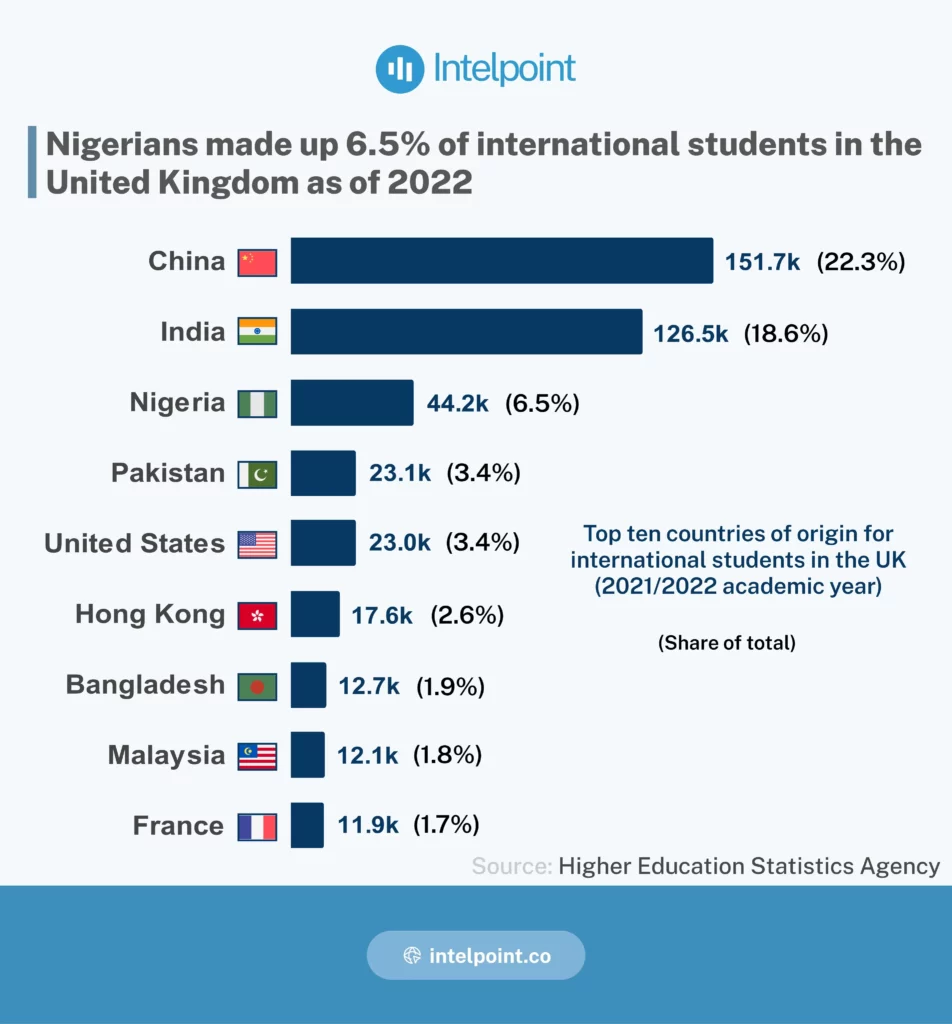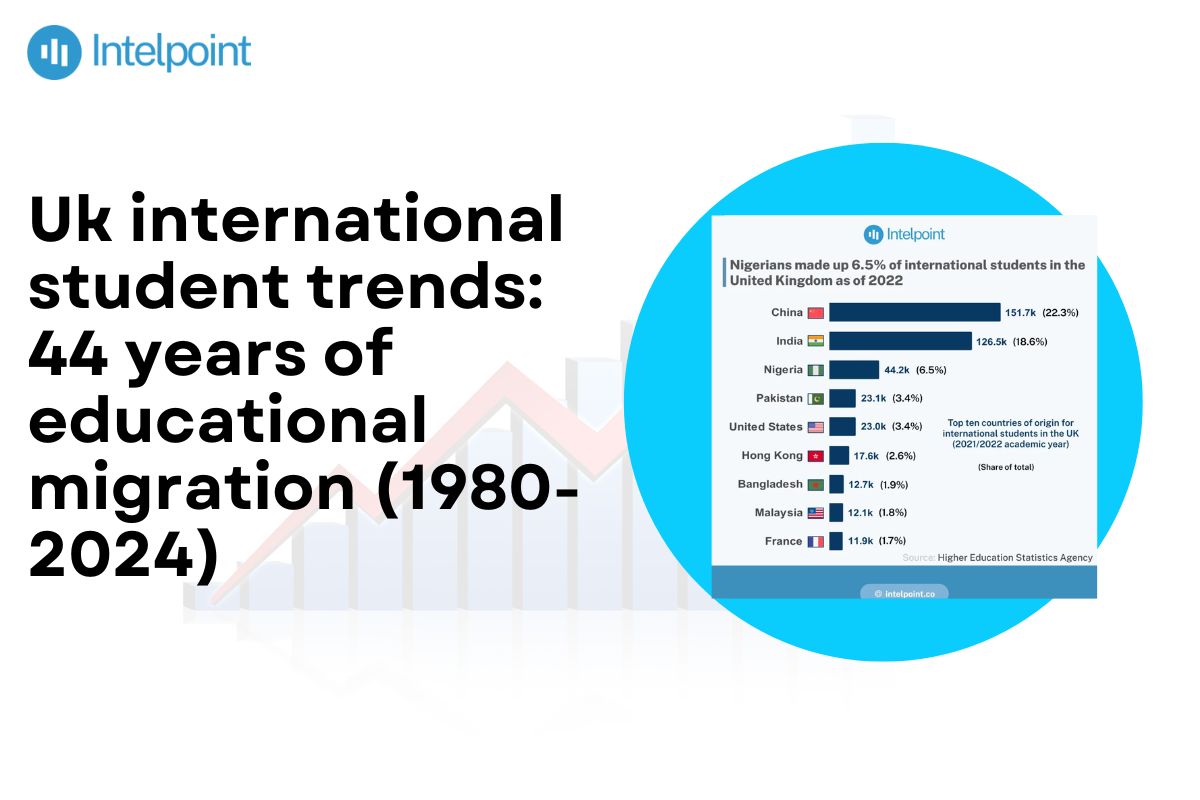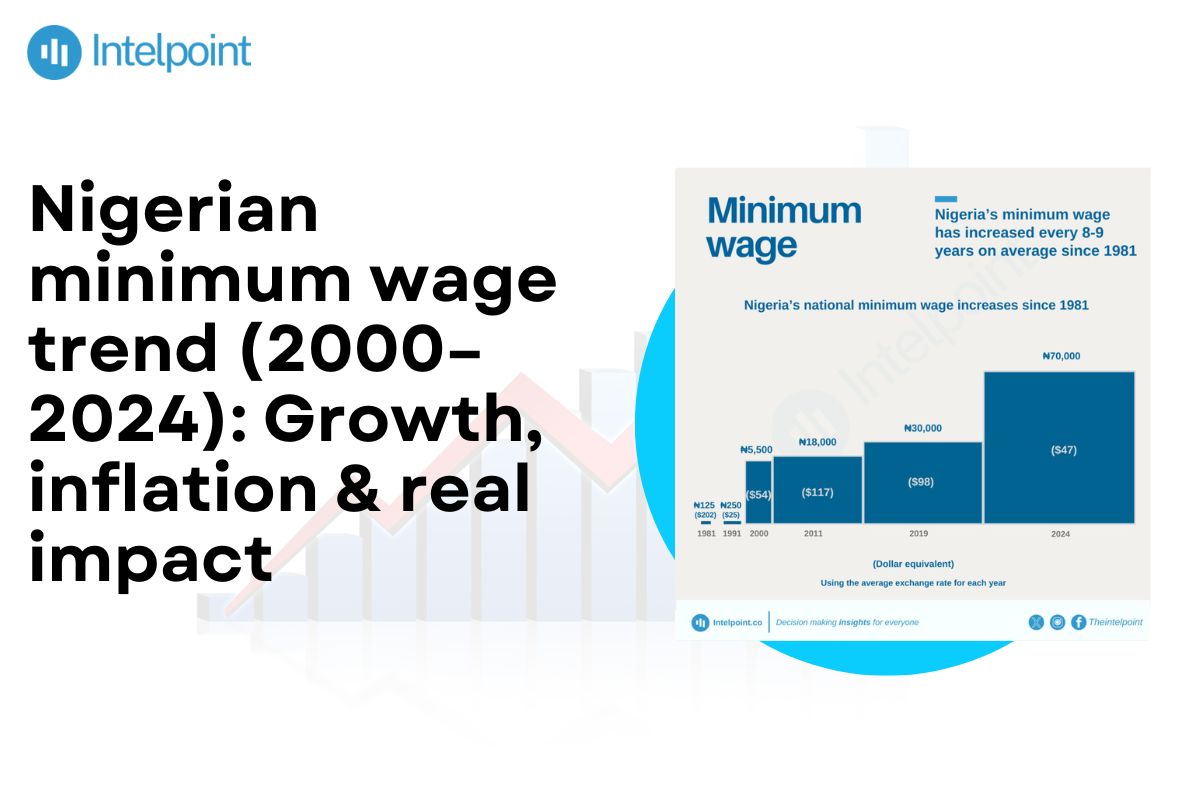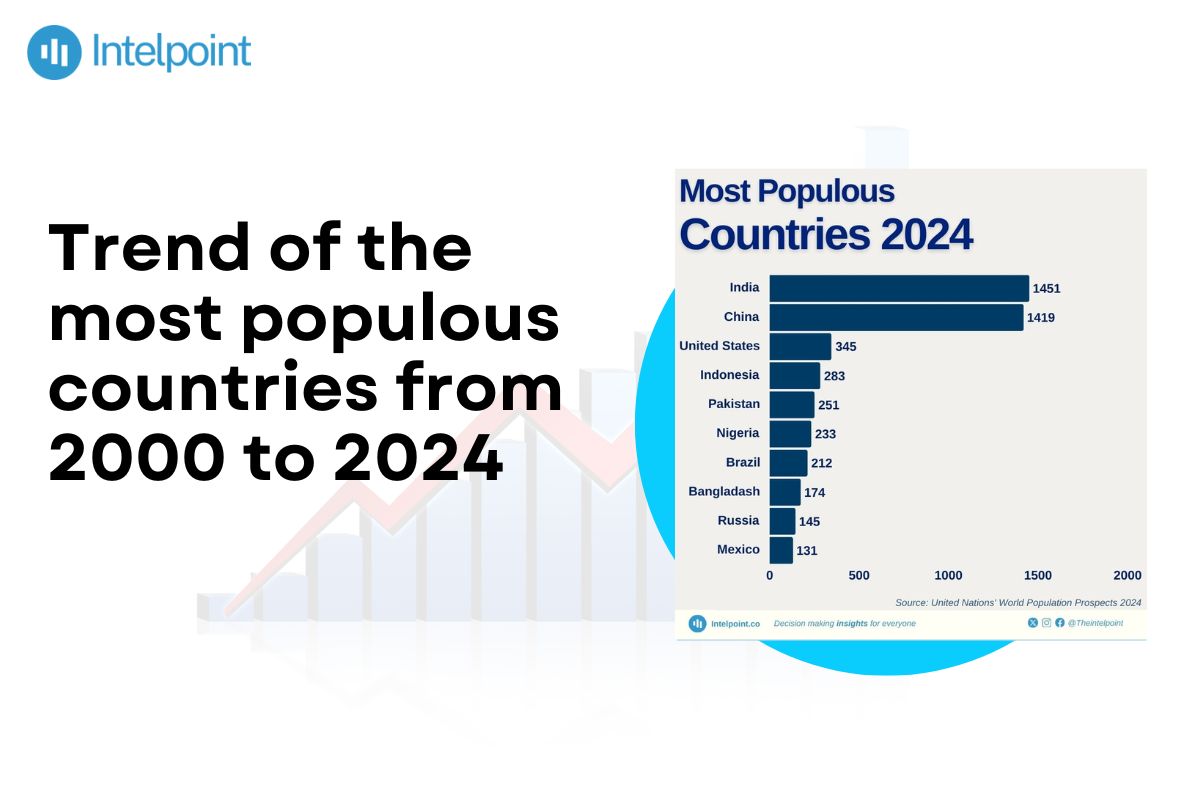
The UK saw a considerable rise in international students. There were approximately 74,900 in 1989, 538,615 in 2019-20, a record 679,970 in 2021-22, 24% of all students, and 758,855 in 2022-23. In 2022-23, China (154,260), India (173,190), and Nigeria (72,355) ranked first in source countries. In 2030, a target of 600,000 international students for the UK was scheduled, and a decade ahead, in 2020-21, it came to fruition.
Here’s a detailed table summarizing the key trends of international students in the United Kingdom from 1980-2024:
| Period | Number of International Students | Percentage Change | Key Trends |
| 1980-1990 | Approximately 55,000 to 95,000 | +72.7% | Increasing global demand for English-medium education and the UK's esteemed academic reputation attracted more international students. |
| 1990-2000 | Approximately 95,000 to 210,000 | +121.1% | The UK emerged as a prime destination for higher education, drawing a growing number of students from the EU and developing nations seeking quality degrees. |
| 2000-2010 | Approximately 210,000 to 428,000 | +103.8% | Enhanced recruitment strategies led to a substantial rise in enrollments from Asian countries, particularly China and India. |
| 2010-2020 | Approximately 428,000 to 556,625 | +30.0% | Changes in immigration policies, including stricter post-study work visa regulations and uncertainties surrounding Brexit, influenced enrollment patterns; however, overall numbers continued to climb. |
| 2020-2024 | Approximately 556,625 to 758,855 | +36.3% | COVID-19 recovery and Brexit shifted UK international student demographics, with EU numbers falling and non-EU enrollments, primarily from Commonwealth nations, rising. |
Key takeaways
- 1980-1990: International student numbers rose from about 55,000 to 95,000—a 72.7% increase—driven by the UK's strong academic reputation and global demand for English-medium education.
- 1990-2000: Enrollment surged from 95,000 to 210,000, an increase of 121.1%, as the UK became the destination of choice across the EU.
- 2000-2004: The number increased from 210,000 to 300,000 (a 42.9% increase) due to improved recruitment methods and wider international demand for places in UK institutions.
- 2000-2010: Influx Significant Numbers have risen from 210,000 to 428,000 over the decade, an increase of 103.8%.
- 2010-2020: Growth moderated, and the number rose from 428,000 to 556,625, a 30% increase.
- 2020-2024: International students in the UK grew from 605,130 to 758,855, representing a 25.3% increase over this period
Trends of international students in the United Kingdom from 1980-2024
1980-1990: Steady Growth
International student recruitment in the UK increased from 55,000 in 1980 to 94,000 in 1990 (71% increase). In 1985, 42% of international recruitment comprised students in the Commonwealth, 12% in Malaysia, 10% in Nigeria, and 8% in Hong Kong.
In 1990, 30% of international recruitment consisted of students from Asia. In 1980, 9.7% of all intake in higher education and 10.5% in 1990 were international students. Fees for non-EU students increased by over 100% during the decade, but demand for UK education remained steady.
1990-2000: Diversification
Between 1990 and 2000, the number of international students enrolled in the UK rose from 95,000 to 210,000 (a 121% rise). In 1995, 25% of international enrollments included students from the European Union, 35% from Asia, and 30% from Commonwealth countries. In 2000, 11% of overall higher education enrollments included international students.
2000-2004: Early 2000s Expansion
The number of UK international students increased between 2000 and 2004, when 210,000 rose to 300,055, an increase of 42.9%. By 2003/04, 210,510 (9.4%) of students in higher education were not in the EU, 121,705 (58%) were from Asia, and 13.4% of students in total, with considerable expansion from countries in accessions. 16.7% of full-time students in 2003/04 were full-time international students.
2000-2010: Significant Influx
The number of international students in the UK increased from 210,000 in 2000 to 428,000 in 2010, a 103.8% rise. By 2010, 30% of non-EU enrollments included students from India and China, and the number of Chinese students increased by over 50% during the decade.
European students numbered approximately 25% of international students. 70% of international enrollments included non-EU students, with a significant expansion through concentrated recruitment and global demand for UK tertiary education.
2010-2020: Policy Challenges
International student recruitment in the UK increased from 428,000 in 2010 to 556,625 in 2019/20, a 30% increase. Non-EU students increased from 312,795 in 2016/17 to 452,225 in 2020/21 (a 45% increase), and EU students increased from 138,040 in 2016/17 to 152,905 in 2020/21 (11% increase).
By 2020, 81% of international enrollments included non-EU students, with 97,000 students in China and 53,000 in India. Enrollments for students in the EU decreased towards the end years of the decade amid Brexit uncertainty and such policies as the stricter post-study work visa regime.
2020-2024: Post-Pandemic Dynamics
The number of UK-bound international students increased from 556,625 in 2019/20 to 758,855 in 2022/23, an improvement of 36.3%. The number of non-EU students rose from 452,225 in 2020/21 to 663,355 in 2022/23 (a 47% rise), while the number of EU students dropped from 152,905 in 2020/21 to 95,505 in 2022/23 (a 38% drop).
China remained the biggest source country with over 97,000 students, with India in second position, growing from 87,000 in 2021/22 to over 120,000 in 2023. Brexit-related fee and financial support eligibility changes prompted the drop in EU enrollments and facilitation of non-EU growth through policies such as the Graduate Immigration Route
Conclusion
International students in the UK generated a net economic benefit of £41.9 billion in 2021-22, up from £31.3 billion in 2018-19. In 2022-23, they comprised over 25% of all higher education students, with Scotland at 28.7%. The top sending countries—India, China, and Nigeria—accounted for 53% of international students. The Graduate route saw 159,218 extensions granted in the year ending September 2024, a 52% increase from the previous year.
FAQs
What is the international student situation in the UK?
The UK used to be one of the most attractive places for international students, but lately, the number of applicants has declined, though still at a record high. Recently released data shows fewer applications and grants than before, which signals a problem in the financial future of UK universities.
How many students came to the UK in 2024?
By comparison, international student visa applications between January and July 2024 were down 16% compared to last year, suggesting that around 60,000 fewer international students may attend UK universities this year.
What is the trend in higher education in the UK?
UK higher education faces serious challenges, including financial pressures from frozen domestic tuition fees and declining international students. Universities call for increased government support to address these issues and ensure financial sustainability.
How many international students are currently in the UK?
In the 2022/23 academic year, 758,855 international students attended UK universities, accounting for 26% of the total student population. Of these, 95,505 were from the EU, while 663,355 were outside the EU.




